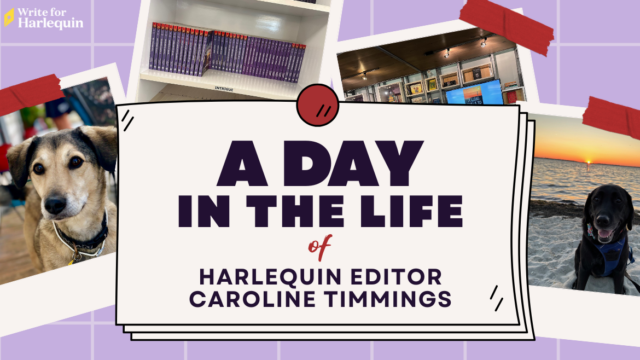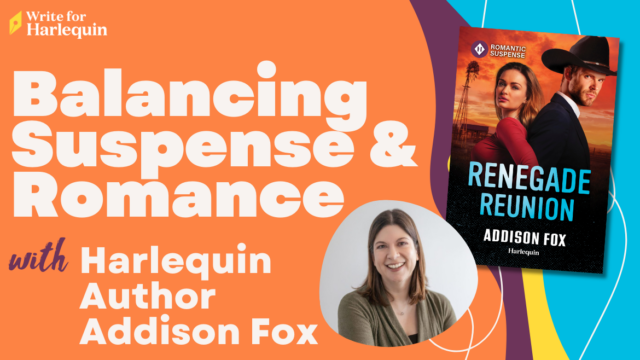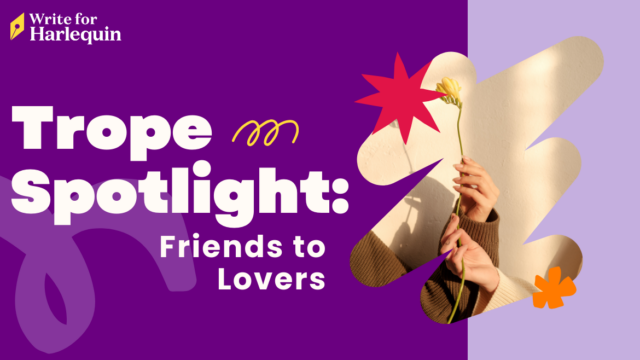
 This week, Harlequin Nocturne’s Senior Editor Ann Leslie Tuttle discusses what she looks for in acquiring a new author…
This week, Harlequin Nocturne’s Senior Editor Ann Leslie Tuttle discusses what she looks for in acquiring a new author…
Does the excitement of finding a new author ever get old?
No. And that comes from someone who has been looking for great new writers to bring into the Harlequin franchise for almost 20 years. But sad to say that for every fabulous project I’ve found, I’ve seen lots of misses with projects that sounded promising when they were pitched to me at conferences or in emails. Although the market has changed considerably while I’ve been at Harlequin, the key story elements I look for when evaluating a submission haven’t.
First and foremost, I’m seeking a romance with an engaging and saleable premise. Certainly brides, babies, billionaires and blizzards are all themes that can sell well in the romance genre, but I want to see a fresh twist–be it in the author’s voice or the story execution. After all, why buy what I already have? And beyond that, the author needs to research the lines or single-title market she’s pitching to ensure her project meets the category guidelines or fits within market trends. To that end, imagine you were writing back cover copy for your romance book. Would it have enough of the themes that you have seen in the titles you love to attract readers?
From there, I want to see that enough will happen within the story to sustain the length of the book. This is where a detailed synopsis is invaluable as it allows me to evaluate whether or not the book will have what we call a sagging middle in which nothing of much significance seems to occur after the exciting opening and before the concluding events. Often the author needs to introduce another theme. For example, the heroine discovers that the one-night stand with a stranger resulted in a secret baby. Sometimes with trilogies, the author seems to be holding back story elements so she can stretch out a storyline over the three books and each book needs to stand out its own. While I recognize not all authors can write (or even like creating) a synopsis, it provides a concise means of troubleshooting problems like these in the manuscript or work in progress.
As I read, I’m constantly asking myself if the events that unfold support and develop the conflict? The hero and heroine must each face some emotional hurdle that will be revealed to the reader early on. Usually this revolves around the issues of trust or fear of losing another loved one. The ensuing developments will propel each of them out of their comfort zone and help their emotional growth so they can finally embrace love. To that end, the protagonists need to be three-dimensional characters who the reader will find sympathetic with realistic motivations that will not make him/her a clichéd stereotype. If the hero and heroine are not fully fleshed out, the secondary characters can become more engaging, which often happens in family sagas.
Another area I’m evaluating is the pacing. Does the story open at the right point without too much info dumping in the opening chapter? Does each scene move the story forward? Sometimes writers have a sagging middle in their stories that can often be rectified if they are able to bump up the ending a bit and flesh that out more.
And finally, and perhaps most important of all, I’m considering the author’s voice. If the author’s voice is really good, I’m often excited about the manuscript by page 1. I love atmospheric stories, especially Gothic romances. Ideally, there is some sparkle or unique aspect that makes even the most popular storyline seem fresh.
If you follow these guidelines, I’m hoping that you will find that the excitement of making that sale—be it your first or your 100th book—never gets old either!




